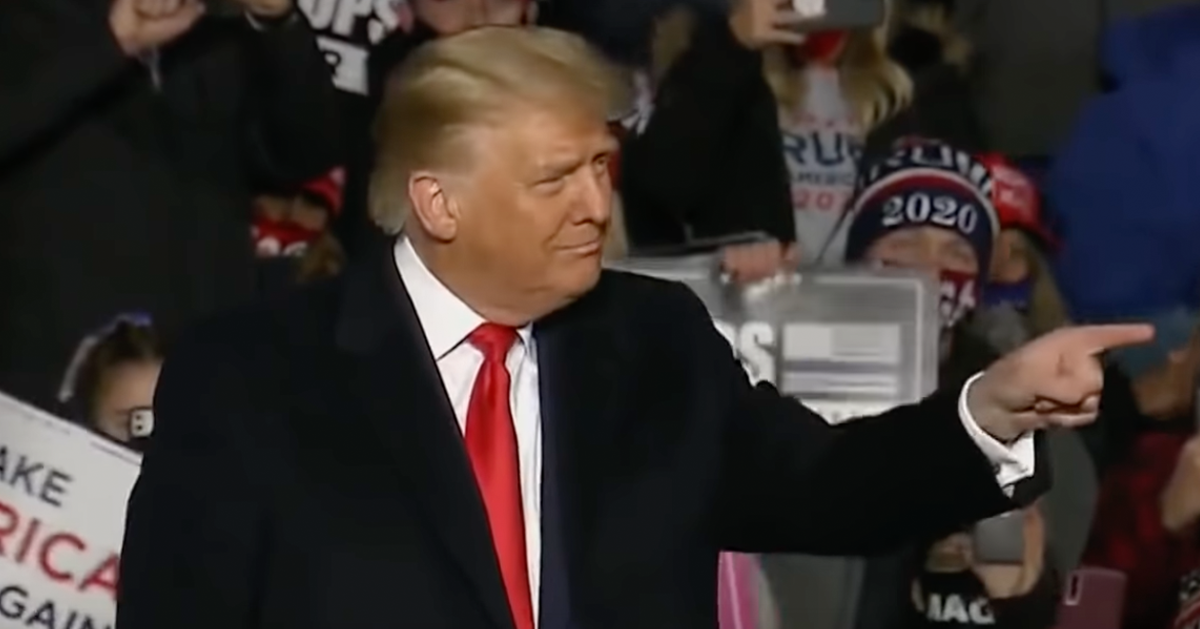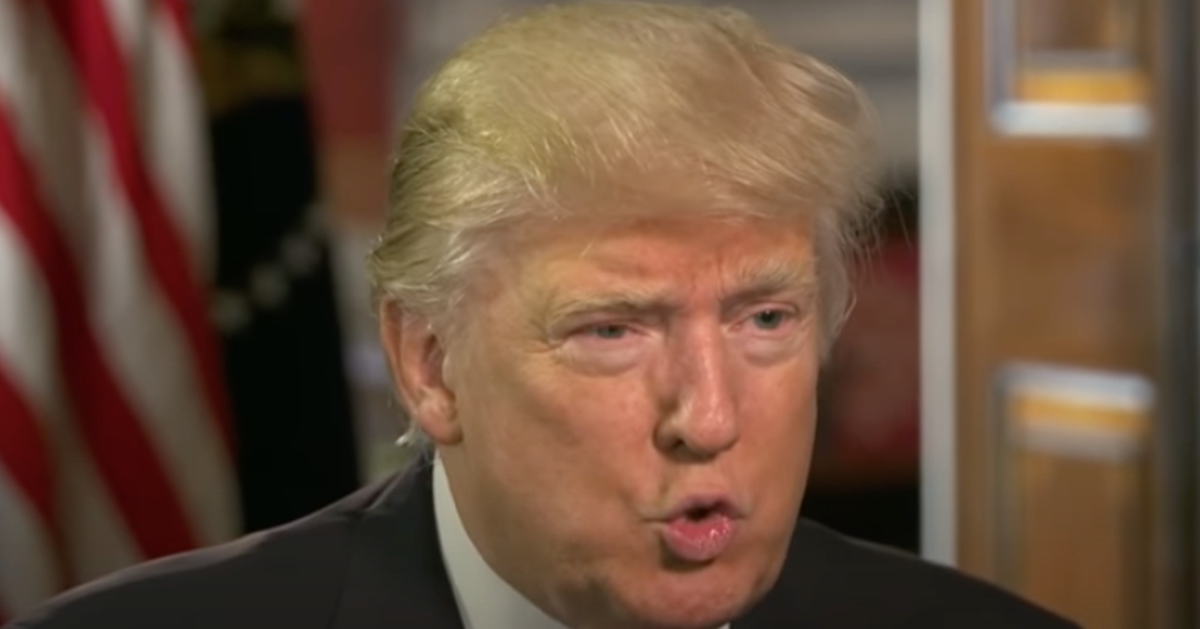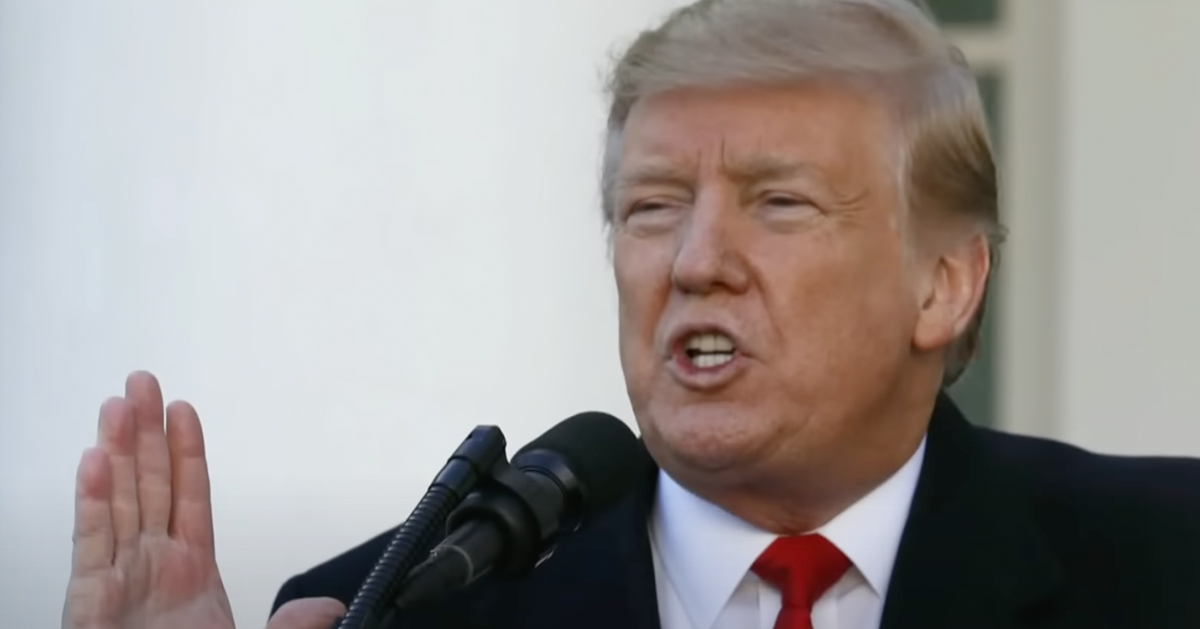Supreme Court debates potential changes to Voting Rights Act
Is the Voting Rights Act a shield against discrimination or a tool for racial engineering? That’s the thorny question the Supreme Court tackled in a recent high-stakes hearing over Louisiana’s congressional maps, as the Washington Times reports. The debate cuts to the core of how far states and courts can go in using race to shape electoral districts.
The case, known as Louisiana v. Callais, centers on whether Section 2 of the 1965 Voting Rights Act oversteps constitutional bounds by pushing for majority-minority districts to address past discrimination.
Initially, Louisiana’s Legislature drew a map favoring one political party, allocating five of six U.S. House seats to Republicans, with just one majority-Black district likely to elect a Democrat. Black voters, representing a third of the state’s population, challenged this setup, arguing they deserved two districts where they hold a majority. Their push led to a court-ordered redraw, creating a second majority-Black district.
Louisiana map sparks constitutional clash
The state’s top legal officer, Benjamin Aguinaga, didn’t mince words in court, arguing against what he sees as forced racial quotas. “The Constitution does not tolerate this system of government-mandated racial balancing,” Aguinaga declared. If only the Founding Fathers could weigh in -- they’d likely balk at government playing demographic puppeteer.
Opponents of the revised map, including lead challenger Phillip Callais, contend this redistricting amounts to unconstitutional racial tinkering. They argue it prioritizes skin color over fair representation, a notion that grates against the principle of equal protection under the law.
On the flip side, defenders like Janai Nelson of the NAACP insist that Section 2 remains vital to combat deep-rooted electoral bias. She warned any rollback would “throw maps across the states into chaos.” A bit dramatic, perhaps, but it’s hard to ignore the potential for nationwide redistricting headaches if the court slashes this provision.
Justices split on race-based remedies
The Supreme Court’s conservative majority seemed skeptical of the current system, with some justices openly questioning race-driven mapmaking. Justice Neil M. Gorsuch probed how federal courts can justify ordering districts that explicitly factor in race. It’s a fair point -- when does a remedy for past wrongs become a new form of discrimination?
Justice Brett M. Kavanaugh echoed a similar concern, suggesting race-based fixes should have a sunset clause rather than lingering indefinitely. The idea of temporary measures makes sense; perpetual racial carve-outs risk entrenching division rather than healing it.
Meanwhile, the court’s Democrat appointees pushed back hard, arguing race must be considered to address historical inequities. Justice Ketanji Brown Jackson framed discrimination as the root issue that can’t be ignored. It’s a compelling angle, though one wonders if focusing on race indefinitely keeps the wound open rather than letting it scar over.
Section 2’s future hangs in balance
Nelson doubled down, stressing that racial voting patterns in Louisiana remain stark, with significant divides in how different groups cast ballots. Her argument is that without majority-Black districts, fair representation for Black voters is a pipe dream. Yet, isn’t there a risk of reducing voters to mere demographic checkboxes?
Countering her view, Hashim Mooppan, a deputy U.S. solicitor general under the Trump administration, pointed out that over 60 Black lawmakers serve in Congress despite only 15 majority-Black districts nationwide. His point is clear: Black candidates can and do win without tailored districts. It’s a statistic that undercuts the narrative of absolute necessity for race-based maps.
Justice Sonia Sotomayor wasn’t buying Mooppan’s logic, arguing it sidelines Black voters unless they form an outright majority. Her concern highlights a real tension -- how to ensure fairness without tipping into reverse bias. It’s a tightrope the court must walk with care.
Past rulings loom over current case
Recent Supreme Court decisions add layers to this debate, including a ruling two years ago striking down race-based college admissions as violating equal protection. Aguinaga leaned on this precedent, asserting that racial stereotyping has no place under the 14th Amendment. It’s a strong argument for colorblind policy, though voting rights carry a unique historical weight.
Nelson countered by distinguishing voting rights from admissions, noting Congress passed the Voting Rights Act to enforce constitutional protections against racial discrimination. She argued the court has long recognized race as a valid remedy in specific contexts like this one. Still, leaning on race as a perpetual crutch feels like a step backward from a truly equal system.
As Louisiana v. Callais unfolds, the nation watches a court deeply divided on how to balance history with fairness. The outcome could reshape how states draw electoral lines, potentially curbing Section 2’s reach or redefining its purpose. One thing’s certain: this ruling won’t just redraw maps -- it’ll redraw the boundaries of how we tackle discrimination itself.





